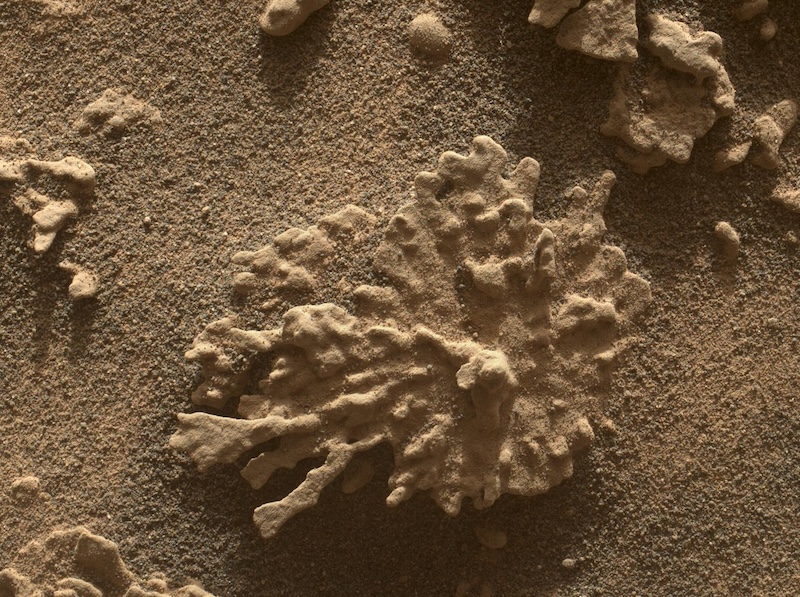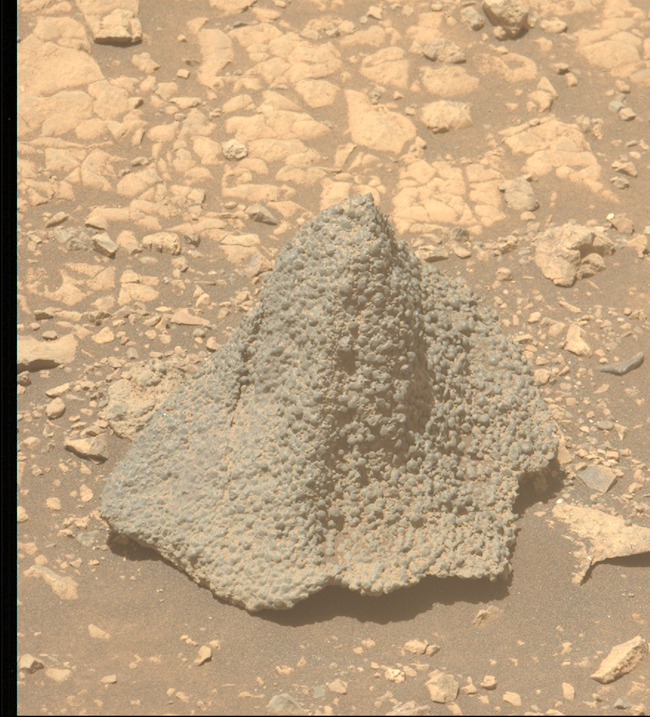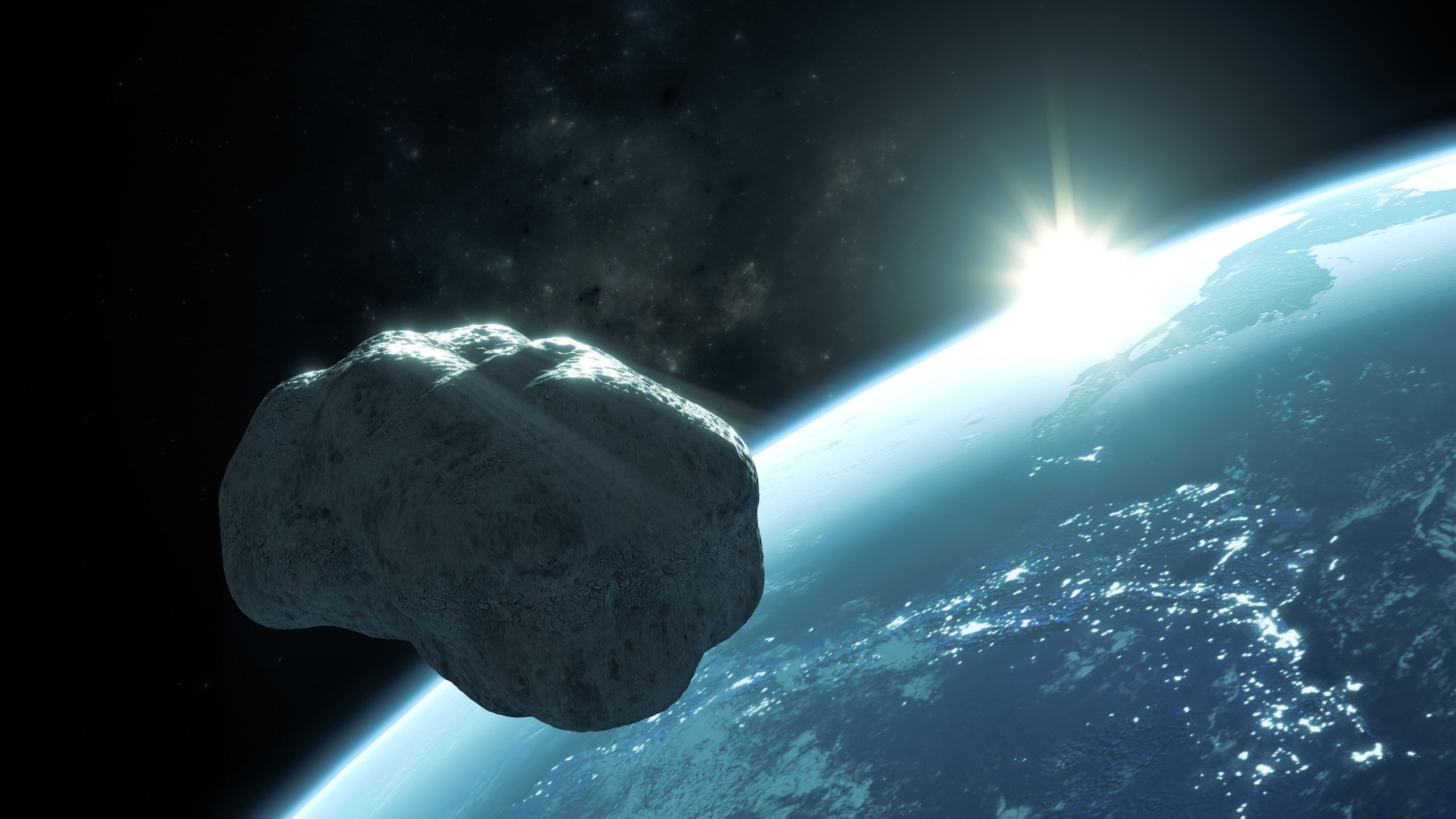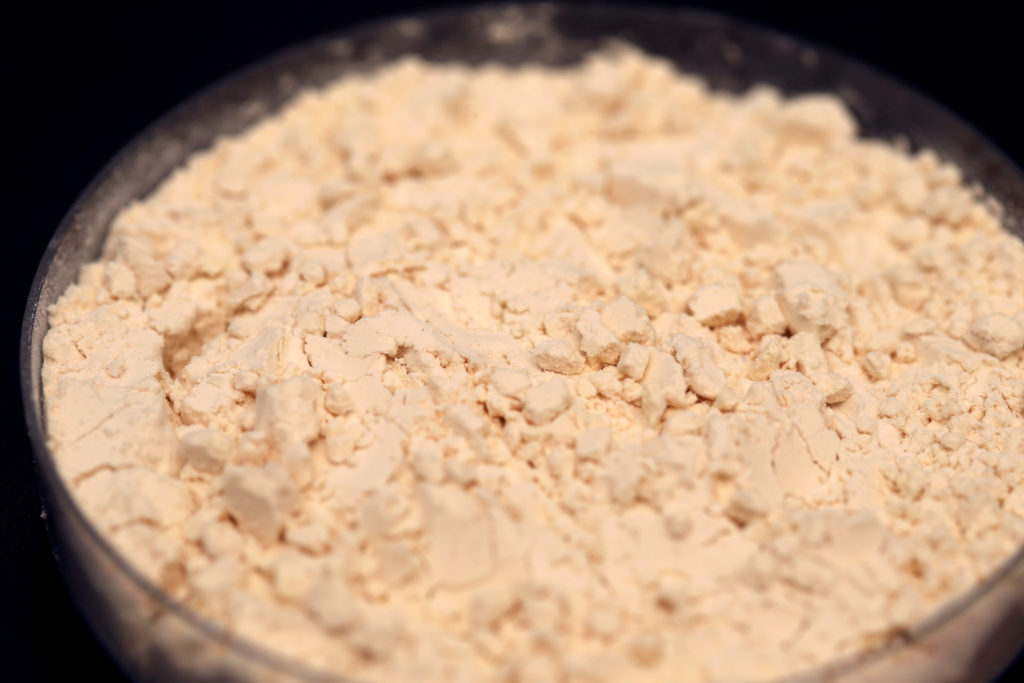
- Unusual, even weird-looking rocks are common on Mars. Indeed, NASA’s rovers have found many of them in their travels.
- The Curiosity rover recently found some more odd rocks. These look a lot like fossilized ancient coral. Are they a sign of past life?
- The rocks were actually just eroded over eons by the thin Martian winds, NASA said.
Corals on Mars?
The Mars rovers have seen many interesting rocks during their travels. Often, the thin Martian winds sculpt them into various and sometimes bizarre shapes. NASA’s Curiosity rover found the latest examples in Gale crater. Recently, the rover came across a couple small rock formations that look a lot like fossilized coral. Curiosity took close-up images of the rocks on July 24, 2025. Of course, NASA isn’t saying that these are ancient coral, but the similarity is striking. NASA said in two posts (here and here) on August 4, 2025, that the rocks are similar to ones the rovers have seen previously, where the winds have sandblasted the rocks to produce the curious shapes. See for yourself here!
Curiosity rover celebrates 13 years on Mars by finding a rock that looks just like coral #EarthDotCom #EarthSnap #Earth

Paposo and Punta De Lobos
Mission scientists nicknamed the first rock Paposo. Curiosity imaged it on July 24, 2025 (Martian sol 4608), with its Mars Hand Lens Imager (MAHLI) camera. There is also a wider view context image as well.
The second rock is nicknamed Punta De Lobos. Curiosity photographed it on the same day, with its ChemCam camera. As you can see, the “branches” are quite striking, even in this lower resolution black and white image.
Indeed, the rocks do look remarkably like fossilized coral. But NASA said they are most likely just rocks shaped by the thin Martian winds. In fact, all the rovers have seen unusual rocks in a wide variety of shapes before. Gale crater, where Curiosity is, used to be a lake billions of years ago. Scientists say that water carried dissolved minerals into cracks in the rocks and later dried out, leaving the hardened minerals behind.
Then, eons of sandblasting by the wind slowly wore away the surrounding rock, producing the unique shapes we see today. To be sure, it might not be as exciting as actual coral-like fossils, but it does provide a glimpse into early Mars conditions and how it changed from a wet world to a bone-dry desert.
Previously, on February 24, 2022, Curiosity also saw a similar kind of rock formation that looked like coral, or perhaps a flower. Like the others, scientists said it formed when water evaporated and then wind eroded away the surrounding softer rock material.

Perseverance finds a ‘dumbo octopus’ rock
On a related note, NASA’s other current Mars rover, Perseverance, saw a very bumpy, conical rock that kind of looks like a dumbo octopus when it’s sitting on the seafloor, or maybe a helmet. Many small rounded nodules cover this intriguing rock. The nodules resemble the little round spherules that the rovers have seen before, which scientists say are concretions. Perseverance took this image on August 5, 2025 (Martian sol 1585).
Rock formations like these are intriguing, but so far, they haven’t proved to be evidence for past life. But who knows what the rovers might find next? These leopard spots, for example, might indeed be signs of ancient microbial life on Mars.

Bottom line: Are these unusual rock formations fossilized corals on Mars? NASA’s Curiosity rover found them recently. See more images here.
Via NASA/ Jet Propulsion Laboratory
Via NASA/ Jet Propulsion Laboratory
Read more: Dragon bones on Mars? Curiosity spies weird rocks
Read more: Purple rocks on Mars intrigue scientists
Source link


